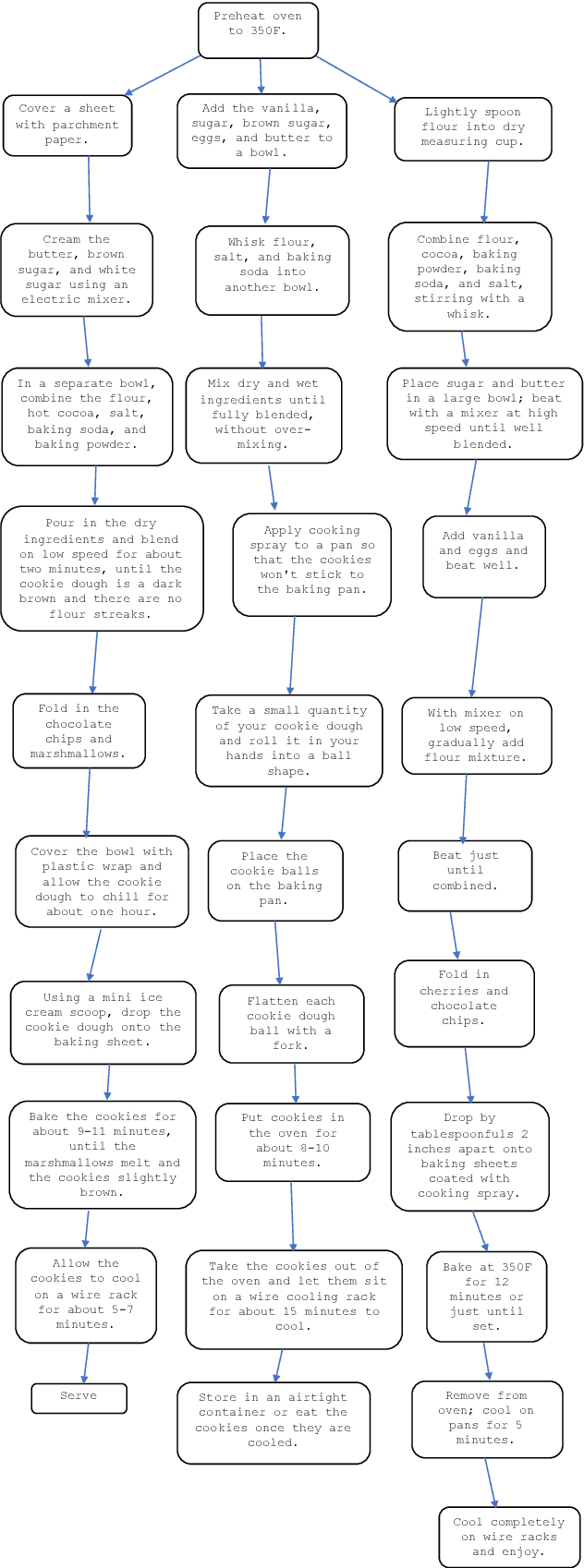Kristina Yordanova
Exploring transfer learning for Deep NLP systems on rarely annotated languages
Oct 15, 2024Abstract:Natural language processing (NLP) has experienced rapid advancements with the rise of deep learning, significantly outperforming traditional rule-based methods. By capturing hidden patterns and underlying structures within data, deep learning has improved performance across various NLP tasks, overcoming the limitations of rule-based systems. However, most research and development in NLP has been concentrated on a select few languages, primarily those with large numbers of speakers or financial significance, leaving many others underexplored. This lack of research is often attributed to the scarcity of adequately annotated datasets essential for training deep learning models. Despite this challenge, there is potential in leveraging the linguistic similarities between unexplored and well-studied languages, particularly those in close geographic and linguistic proximity. This thesis investigates the application of transfer learning for Part-of-Speech (POS) tagging between Hindi and Nepali, two highly similar languages belonging to the Indo-Aryan language family. Specifically, the work explores whether joint training of a POS tagging model for both languages enhances performance. Additionally, we assess whether multitask learning in Hindi, with auxiliary tasks such as gender and singular/plural tagging, can contribute to improved POS tagging accuracy. The deep learning architecture employed is the BLSTM-CNN-CRF model, trained under different conditions: monolingual word embeddings, vector-mapped embeddings, and jointly trained Hindi-Nepali word embeddings. Varying dropout rates (0.25 to 0.5) and optimizers (ADAM and AdaDelta) are also evaluated. Results indicate that jointly trained Hindi-Nepali word embeddings improve performance across all models compared to monolingual and vector-mapped embeddings.
Towards Evaluating Plan Generation Approaches with Instructional Texts
Jan 13, 2020
Abstract:Recent research in behaviour understanding through language grounding has shown it is possible to automatically generate behaviour models from textual instructions. These models usually have goal-oriented structure and are modelled with different formalisms from the planning domain such as the Planning Domain Definition Language. One major problem that still remains is that there are no benchmark datasets for comparing the different model generation approaches, as each approach is usually evaluated on domain-specific application. To allow the objective comparison of different methods for model generation from textual instructions, in this report we introduce a dataset consisting of 83 textual instructions in English language, their refinement in a more structured form as well as manually developed plans for each of the instructions. The dataset is publicly available to the community.
 Add to Chrome
Add to Chrome Add to Firefox
Add to Firefox Add to Edge
Add to Edge